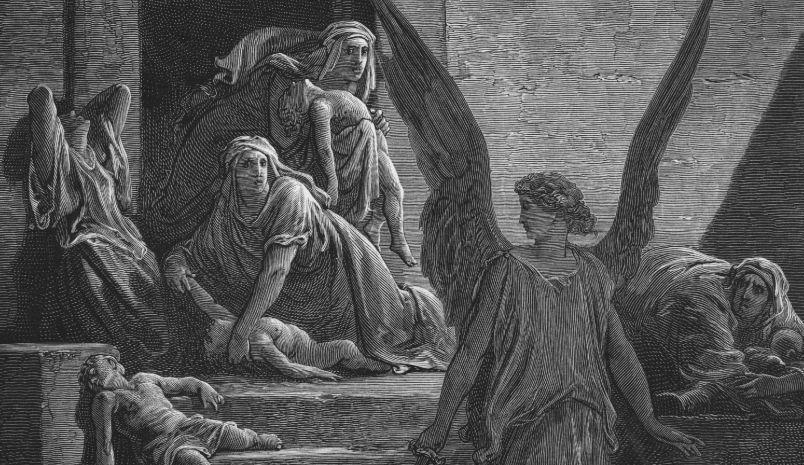Plagues have been recorded since ancient times and were once thought to be a manifestation of the wrath of gods, often following soldiers around the world or merchants involved in trade. Here are a few notable pandemics from history:
Black Plague
Perhaps the most famous of pandemics is the Black Plague, which swept across Europe in the middle of the 14th century, killing an estimated half of Europe’s population over four years (between 75 million and 200 million people). The disease moved from Central Asia to Mediterranean ports to the bulk of Europe.The plague devastated some cities so much that some required mass restructuring. Such was the case in Florence, Italy, which, after losing the majority of its population, turned fervently to religion, paving the way for the Renaissance.





